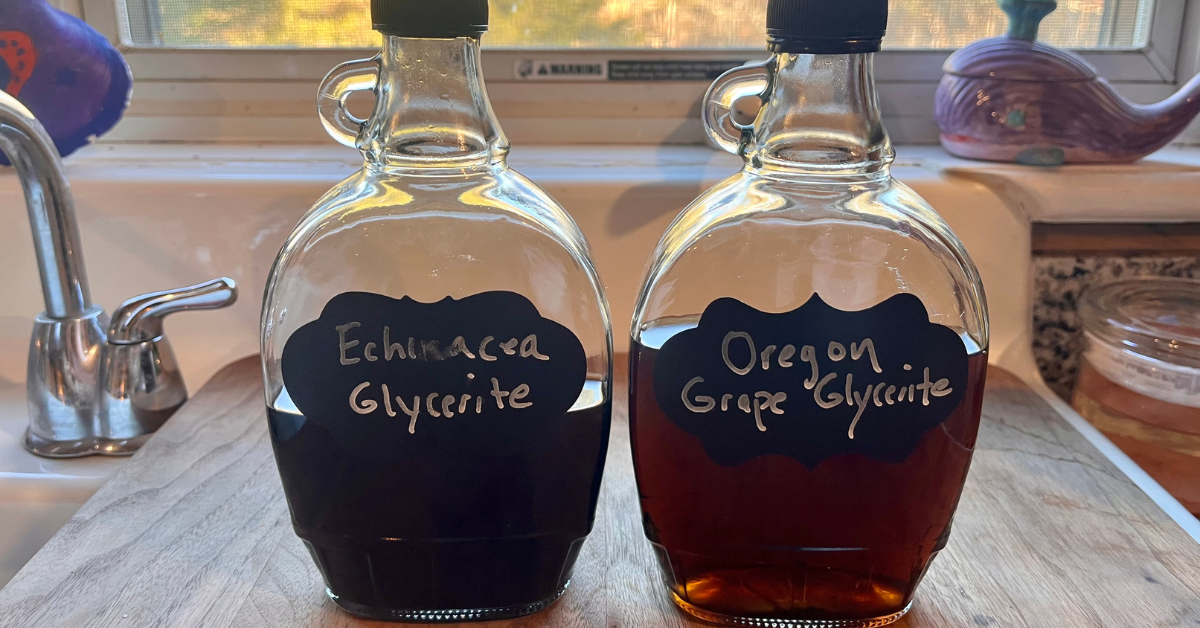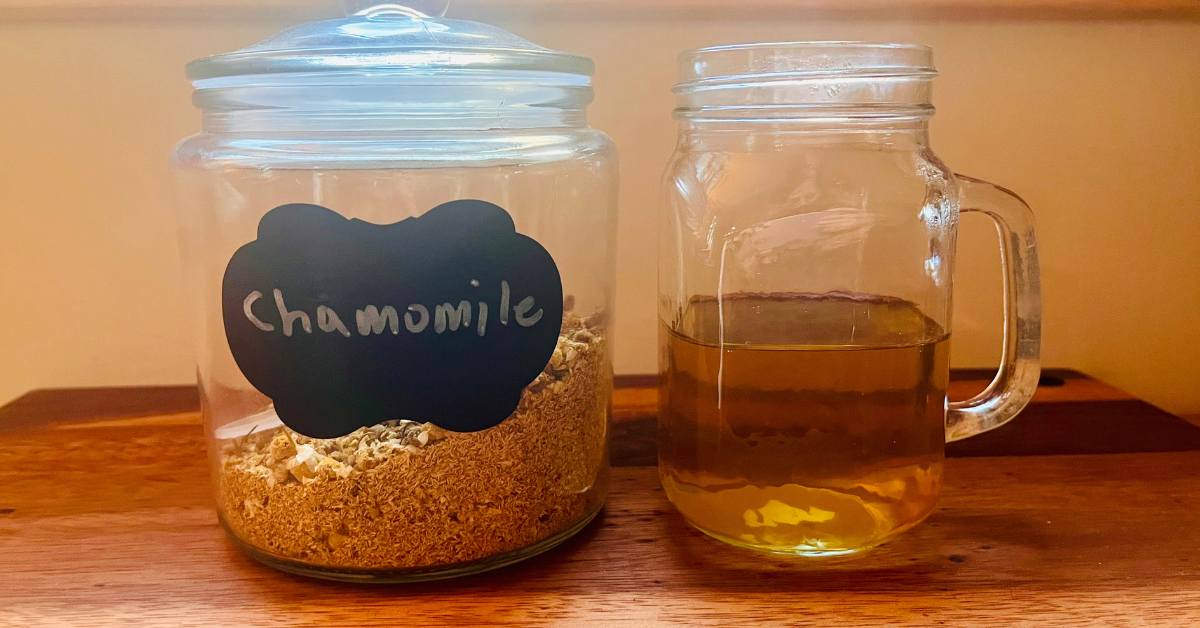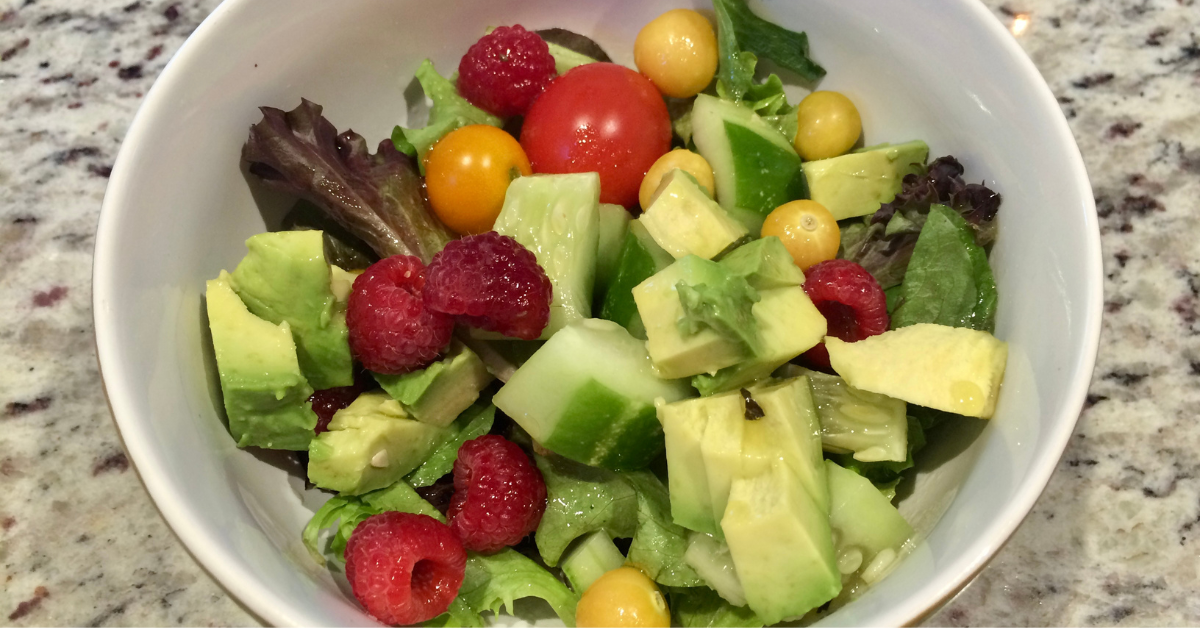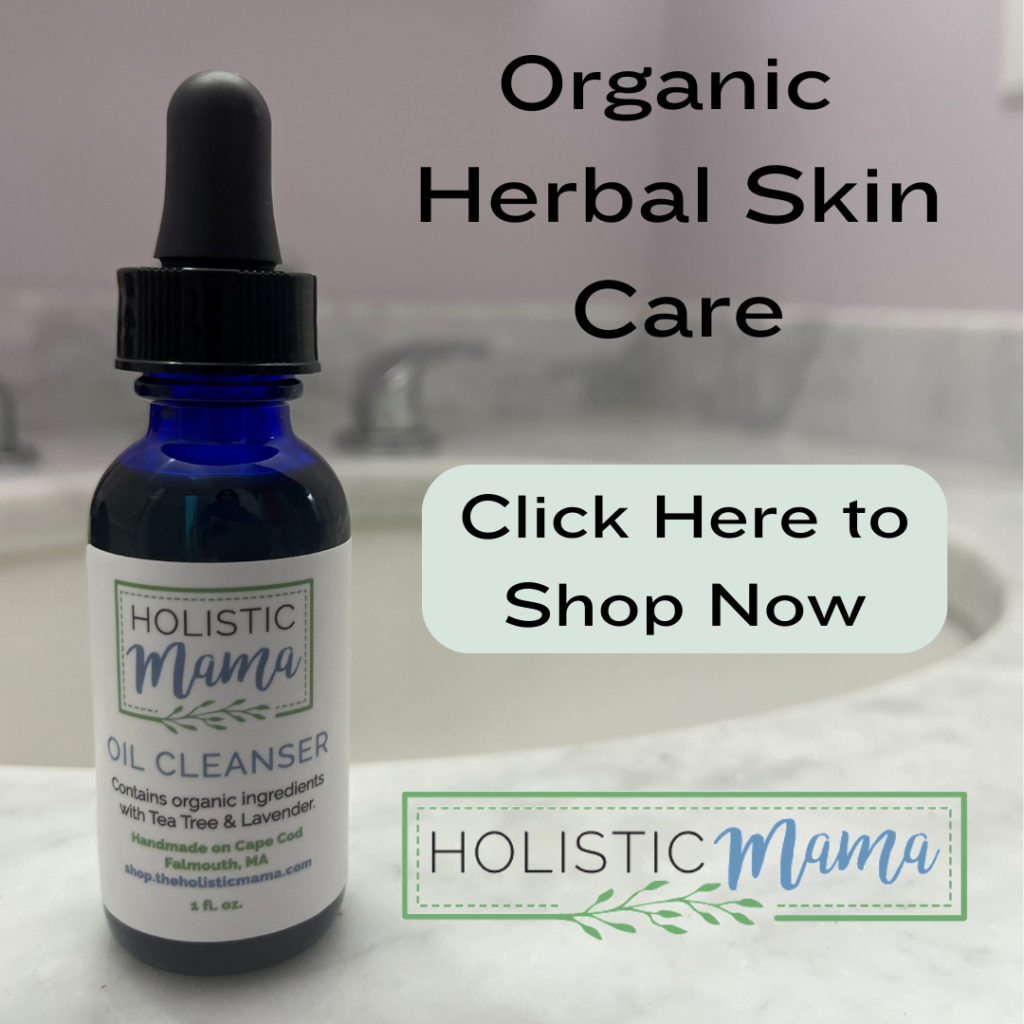-
How to Dose Herbal Remedies for Children
Category: Herbalism
If you are new to using Herbal Remedies you may be wondering how to dose herbal remedies for children? Most herbal remedies that you purchase have the dosage amount on the bottle for adults but may not specify for children. Or maybe you are making your own remedies at home and you don't know how to adjust the dose. There are two ways that many herbalists determine dosages for children. One way is according to their age and the other is according to their weight.
Dose by age
Youngs and cowling's rules
These calculations are common practice by many herbalists on how to dose herbal remedies for children.
Young's Rule
Add 12 to the child's age. Divide the child's age by this total. For example the dosage for a four-year-old would be 4/ 16 = .25 or 1/4 of the adult dosage.
Cowling's rule
Divide the number of the child's next birthday by 24. For example the dosage for a child who is 3 turning 4 years old is 4 / 24 = 0.16 or 1/6 of the adult dosage.
Dose Herbal Remedies for Children by Weight
Since children at any given age can a very greatly in size and weight some herbalists prefer to use the weight rather than the age. You best determine the dose for your child using adult weight of 150 lbs. as the baseline. Use the figure of 150 lbs. as the common denominator. Put your child's actual weight over it to determine a fraction of the standard adult dose. Example if your child weighs 50 lb and the standard Baseline is 150 lbs. you will want to give them 1/3 of the adult dose which is 50 / 150.
The following General guidelines apply:
Child's weight
- 10 lb equals 1/15 of the adult dose
- 20 lb equals 1/8 of the adult dose
- 30 lb equals 1/5 of the adult dose
- 40 lb equals 114 of the adult dose
- 50 lb equals 1/3 of the adult dose
- 60 lb equals 2/5 of the adult dose
- 70 lb equals 1/2 of the adult dose
- 80 lb equals 1/2 of the adult dose
- 90 lb equals 3/5 of the adult dose
- 100 lb equals 2/3 of the adult dose
If you are just beginning your herbal work or you are unfamiliar with the remedies use these guidelines and charts. They provide sound guidelines for dosing the proper amount of herbal remedies for children. Remember that these charts are simply guidelines and it's important to consider the overall health and Constitution of the child.
Dosing for Infants
The safest way to administer herbs to infants is through mother's milk. It is necessary for the mother to drink at least 4 to 6 cups of tea to provide benefits to the infant. If a mother is not nursing some teas can be added to the little ones bottle but do so under the direction of your health practitioner.
Thank you for reading this post, don't forget to subscribe to stay in the loop. If you are looking for some of the healthy tools and resources mentioned in my articles, take a look at my healthy shopping guide.
Some of our links are affiliate links, which means if you click and buy, I earn a small commission. The price is the same for you, though. Thank you!
You might also like these posts…
-
How to Make Chamomile Eye Drops
Category: Herbalism
This post will explain how to make chamomile eye drops. This is a super simple recipe. Even if you've never made an herbal remedy before, you can make this one! Chamomile is a pretty easy herb to obtain, even if you can't find bulk loose dry chamomile you can always find a chamomile tea bag and any grocery store. Chamomile provides gentle relief for irritated eyes. It may even help to support healing of a minor eye infection.
Whenever there is an eye issue in my family this is my go-to first remedy. It has worked countless times to solve eye issues without needing any other treatment. I've even used it to soothe my eyes after wearing my contact lenses too long. If your child isn't too excited about using eye drops you can also soak a cotton ball and place it on top of the eye while laying down.
Chamomile Eye Drops
Chamomile is anti-inflammatory anti-allergenic and a relaxant. It is very useful for eye irritations, itchy skin, or eczema. How to make chamomile eye drops, first you will prepare a chamomile infusion.
- Boil 1 cup of water and pour over 2 teaspoons dried chamomile flowers.
- And strain out the flowers. Be sure to strain very well so that there is no particles left in the water.
- Pour this tea into a dropper bottle.
- Administer 1 to 2 drops in each eye 3 to 4 times daily as needed.
- These eye drops are good for 3 days if stored in the refrigerator. After 3 days discard.
Chamomile Eye Drops
Ingredients
- 1 cup boiling water
- 2 tsp chamomile flowers
Instructions
- Boil 1 cup of water and pour over 2 teaspoons dried chamomile flowers.
- And strain out the flowers. Be sure to strain very well so that there is no particles left in the water.
- Pour this tea into a dropper bottle.
- Administer 1 to 2 drops in each I 3 to 4 times daily as needed.
- These eye drops are good for 3 days if stored in the refrigerator. After 3 days discard.
If you enjoyed this recipe, you may also like to read this post about how to make a cold Marshmallow Infusion or natural remedies for the flu.
Thank you for reading this post, don't forget to subscribe to stay in the loop. If you are looking for some of the healthy tools and resources mentioned in my articles, take a look at my healthy shopping guide.
Some of our links are affiliate links, which means if you click and buy, I earn a small commission. The price is the same for you, though. Thank you!
You might also like these posts…
-
Top 3 Foods to Make from Scratch (for Health Benefits)
Category: Real Food
The top three foods to make from scratch that will increase the health benefits certainly includes at least one fermented food. If store-bought, the fermented food won't give you as many health benefits. Most fermented foods sold in stores need to be pasteurized to some extent. Unfortunately, this process will kill some of the healthy bacteria. Making fermented food at home is easy fun and provides an enormous amount of health benefits.
Lower Sugar & Additives
Other foods on this top three list are any premade foods that may be high in sugar or have a number of additives and preservatives. If a food label has a long list of ingredients that you can’t pronounce it’s usually not a good sign. It means the health promoting qualities of the food is low.
Foods You Eat Often
Another factor to think about is the amount of certain foods that your family consumes. If there is something you and your family eat every day that is a prepackaged food , that would be a great place to start learning how to make it from scratch. Foods we consume regularly should be as close to a whole food as possible. The top three foods I make from scratch for the best health benefits at home are very easy to make, and don’t take that much time, only a little preplanning. Here is my list.
Top 3 Foods to Make from Scratch
#1 Any type of Fermented Food
Homemade fermented foods have a much higher quantity of probiotics then store bought fermented foods. This is why at least one fermented food is on my top three list of foods to make from scratch. I actually make several fermented foods regularly. Choose 1 of these 3 recipes to try to start making yourself and it will increase your health benefits immensely. I recommend trying kombucha, dairy-free kefir, or sauerkraut for your first ferment. Visit the links for detailed instructions on how to make each of those recipes.
#2 Cashew Milk (or any nut milk)
Homemade cashew milk or any nut milk, is a quick recipe to make yourself. This post shows you exactly how to make it. The reason why it made my list of top three foods to make from scratch is because many nut milks in the store have undesirable ingredients. Some ingredients may be harmful to the gut such as carrageenan or other emulsifiers or thickeners. Homemade nut milk only takes 2 to 3 ingredients to make. I like making cashew milk because it doesn't require you to strain out any pulp like you do with almond milk. It's also higher in fat and very creamy. It works well in baking, pouring over granola or cereal, or for making dairy free kefir.
#3 Salad Dressing
Making homemade salad dressing might seem like an extra chore, but once you get into it, it becomes quite fun. You may find that the pre-made dressings in the grocery store can be limited flavors. Grocery store salad dressing unfortunately is mostly made with unhealthy oils. These oils include linoleic acid such as canola or sunflower oil. They are incredibly inflammatory and cause an otherwise healthy food to become not so healthy.
Preferred oils to put in your own homemade salad dressing are olive oil and avocado oil. Both olive and avocado oils are mild flavor and taste great on any salad. You do need to be cautious when shopping for these oils because they have become highly adulterated. Try to purchase olive oil directly from the source and look for the label that has the California Olive Oil certification. Avocado oil can also be cut with other oils so be careful when reading labels. Choose avocado oil from trusted brands. Most salad dressings also aren't made with Organic ingredients. You can upgrade the health factor of your dressings when you make them yourself with all organic ingredients at home. One of my favorites recipes is this one Balsamic Vinaigrette Salad Dressing Recipe. For something a little bit different try our orange vanilla salad dressing recipe.
The hardest part about me recipes is planning ahead. If you're interested making a salad and you don't have time to make salad dressing of course you will go with the easy store bought often.
Thank you for reading this post, don't forget to subscribe to stay in the loop. If you are looking for some of the healthy tools and resources mentioned in my articles, take a look at my healthy shopping guide.
Some of our links are affiliate links, which means if you click and buy, I earn a small commission. The price is the same for you, though. Thank you!
You might also like these posts…
Holistic Mama Blog

